|
BULB LOG 52 --- 28th December 2006
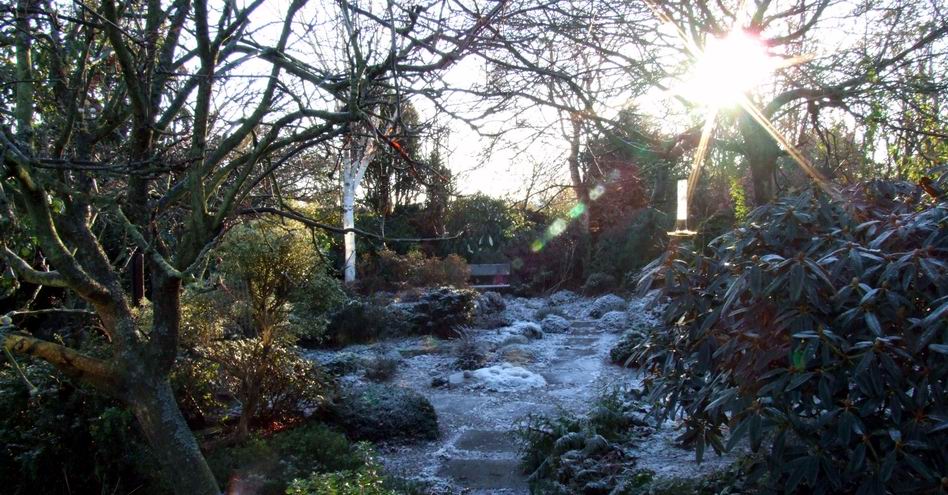
Heavy frost in garden
At long last the cold weather has arrived bringing frosty days and clear blue skies. Even the sun appears for a few hours but it does not climb very high in the sky; the picture above shows it at its top height so even when the day is clear light levels are poor.
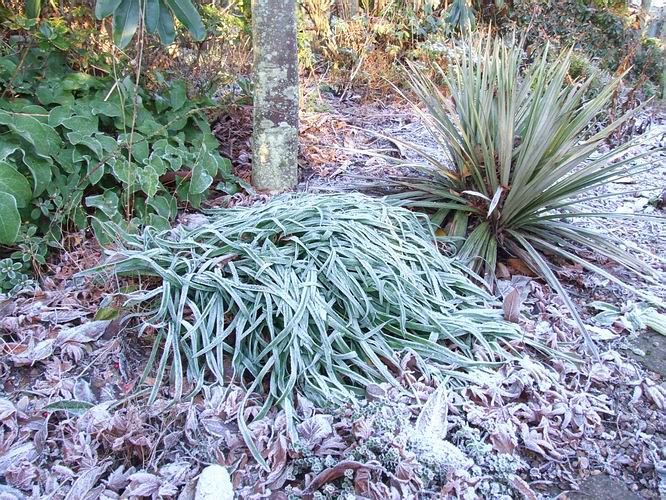
Ipheion 'Alberto Castillo'
The temperature is dipping to around -5C at night and rising to +(1 to 5)C during the day meaning that on most days the frost never lifts. This is ideal weather for me and the bulbs as I much prefer the cold relatively bright conditions and this level of cold is enough to halt the growth of the bulbs but not severe enough to cause them any problems. I have shown you Ipheion 'Alberto Castillo' many times both in the winter, frozen as above and in the spring, in glorious flower for weeks on end. Do not be fooled by the books that say it is not hardy, take it from me and the evidence above, it has been perfectly at home in our garden for many years and survived freezing temperatures down to -15C at least : just never let your plants read the books.
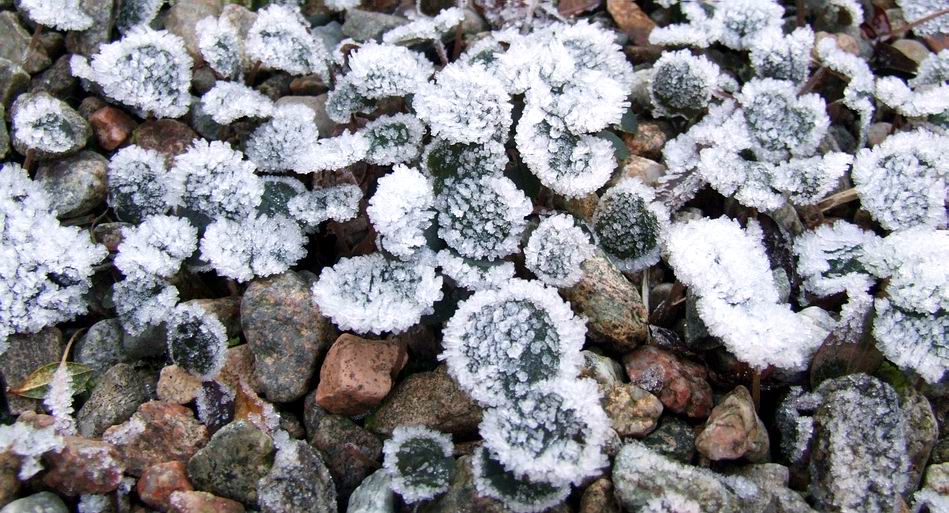
Frost on cyclamen seedlings
Ideally most of the plants would be better of if we had a deep blanket of snow for three months during the winter followed by a rapid thaw and warm spring temperatures to tempt them out to flower as they do in their wild habitat. It is interesting to note that the frost and ice crystals have only formed on the cyclamen leaves, drawing moisture from them, and not on the gravel which has no moisture to give up.
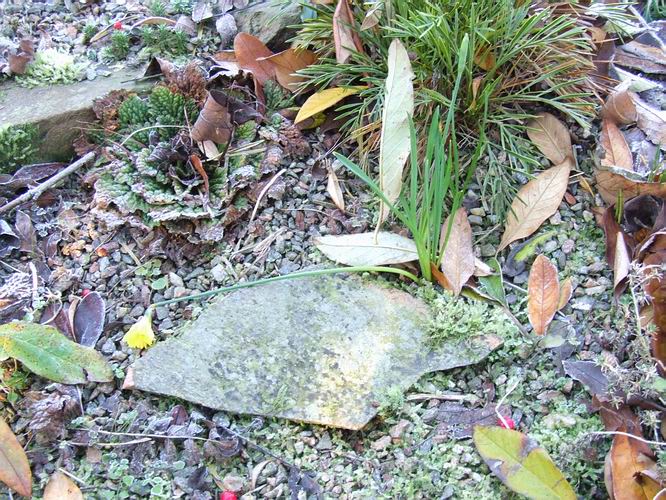
Frozen Narcissus 'Cedric Morris'
For the most part bulbs adapt very well to freezing conditions. This frozen Narcissus 'Cedric Morris' flower has just laid down as all the moisture in the ground has frozen solid and the plant is no longer able to draw up a supply. As long as the thaw is not very rapid the plant will stand up again, unharmed, when it defrosts.
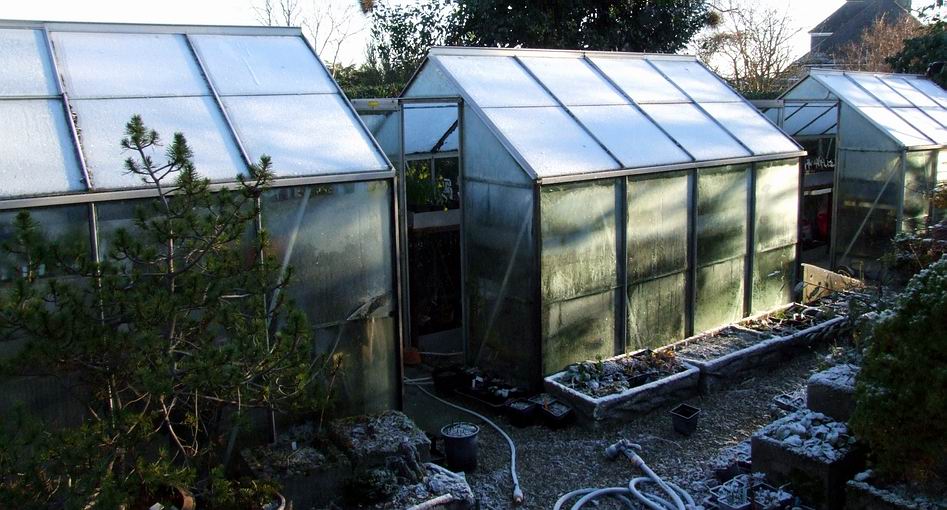
Glasshouses
A thick frost also covers the glasshouses reducing even further the light levels inside. However as long as the temperatures are this low very little new growth will appear and the bulbs that are in flower will lay down by night when it is freezing and sit up again when it warms up. There is no need for me to worry about watering the bulbs as long as these conditions prevail, to water now would be harmful to the bulbs for two reasons. Firstly an excess of water in cold conditions will make the roots and bulbs very vulnerable to wet rots and secondly very wet compost conducts the cold much more and puts the bulbs in danger of freezing solid.
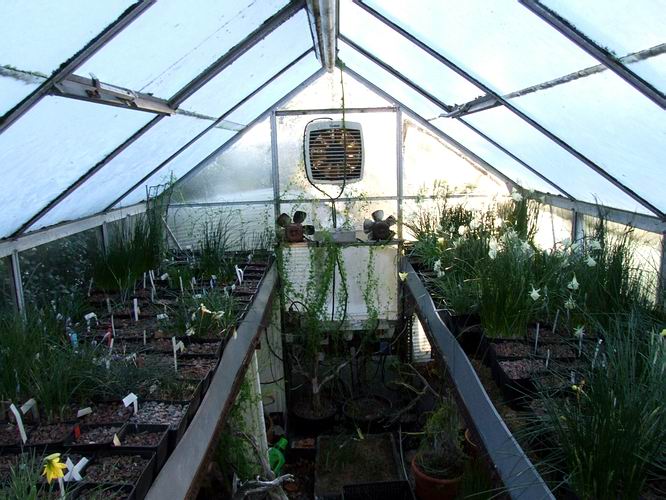
Frost inside bulb house
My main task has been to ensure that the thermostats controlling the heating cables buried at the bottom of each plunge are set correctly and only coming on when the temperature drops to below zero in the plunge. I only want to protect the roots and basal plates from freezing, which for many Narcissus would be fatal. I do not wish for the cables to come on prematurely and heat the bulbs as this would encourage them to grow when I want them to be on hold. It is wonderful to have so many Narcissus in flower in the depth of winter even though the poor light levels have caused them to be drawn. Their stems are twice as long as they might have been if we had a cold autumn and flowering had been delayed until February or March when the light levels are much higher.
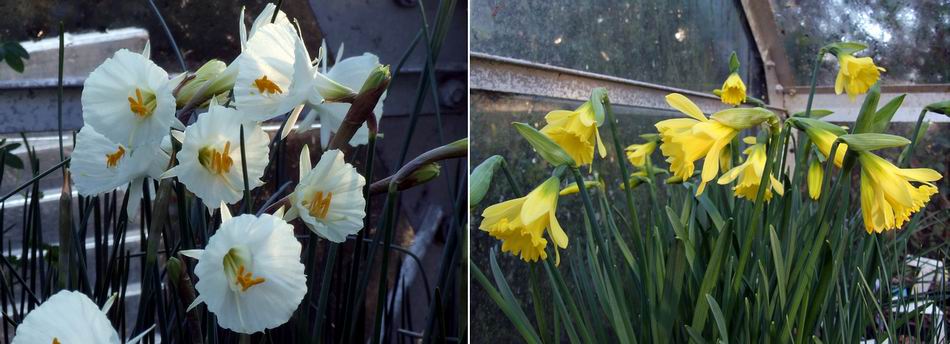
Narcissus 'Camoro. and 'Cedric Moriris'
I can remember years when Narcissus 'Camoro' was in flower at the end of March and 'Cedric Moriris' did not flower until mid to late February. I am convinced that this year's early flowering is due to the mild conditions in September and October when the bulbs were awakening from their summer dormancy and making roots.
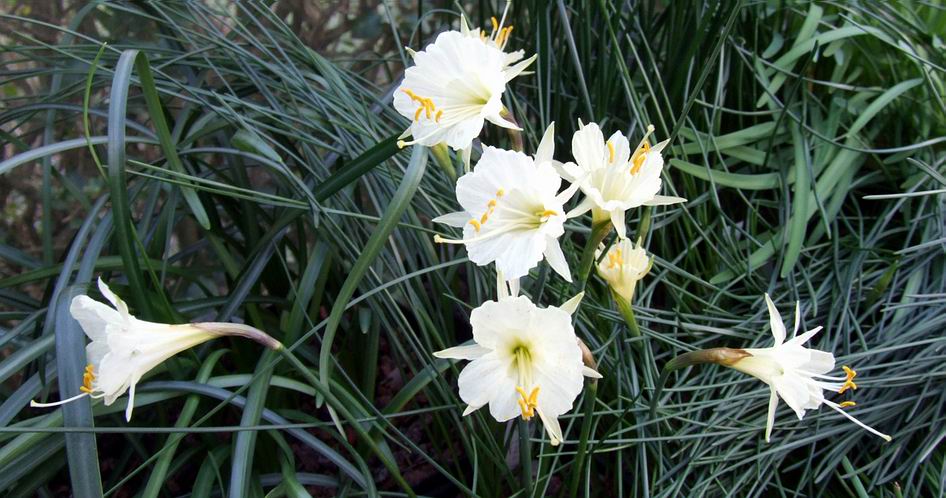
Narcissus 'Joan Stead'
The hybrid I am naming Narcissus 'Joan Stead' is looking better as each week passes and more flowers come out - they are very distinctive with a extremely scalloped corona and exerted stamens and style.
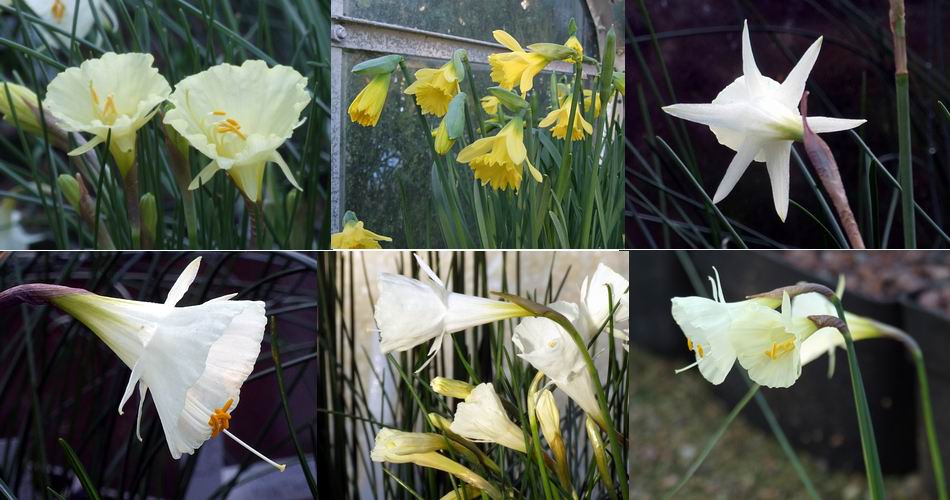
Narcissus montage
Our Narcissus have certainly become the dominant flowering bulbs through December and January and there are plenty other species to come as we go through February, March….
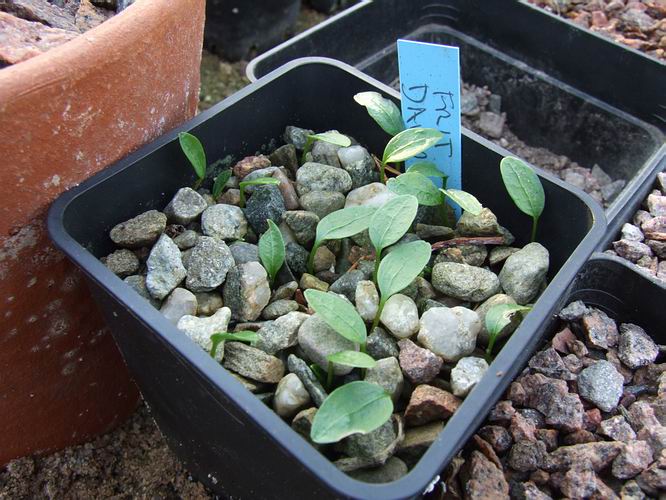
Fritillaria davidii
Not much is happening in the frit house with just a few noses peaking through the gravel. The very unusual Fritillaria davidii has leaves quite unlike any other fritillaria I know of. It comes from China and has relatively recently been introduced into the west where it is now comparatively widely grown due to the numerous rice grains it forms on the bulb in much the same way as the North American frits.
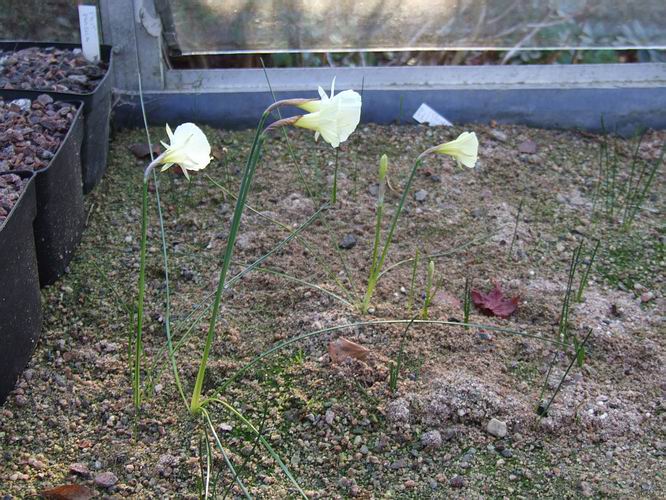
Sand bed in frit house
You may remember that when I repotted all the frits into square plastic pots this summer I saved so much space that I had a small section of sand plunge that had no pots. I planted this space up with bulbs, bulbils and seed all placed directly into the sand and now there are a few Narcissus flowering.
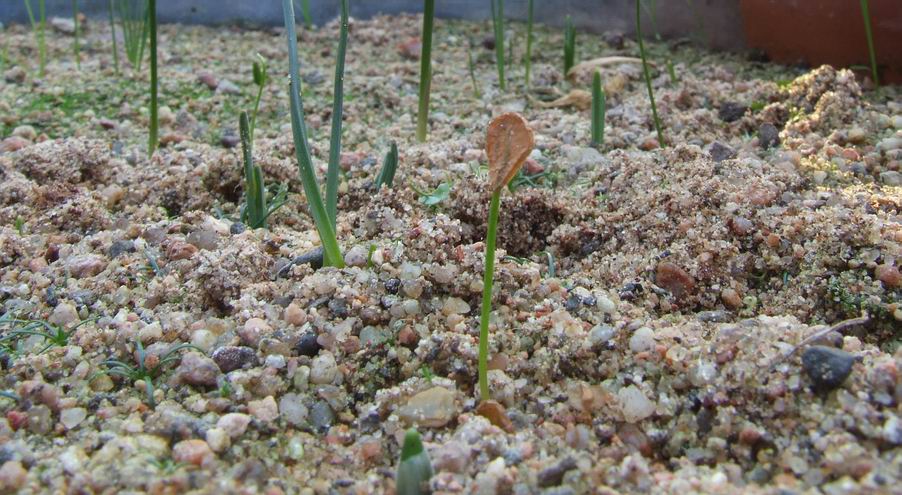
Fritillaria seedling
And the first Fritillaria seedling has germinated, a sign that another year and Spring are not far away.
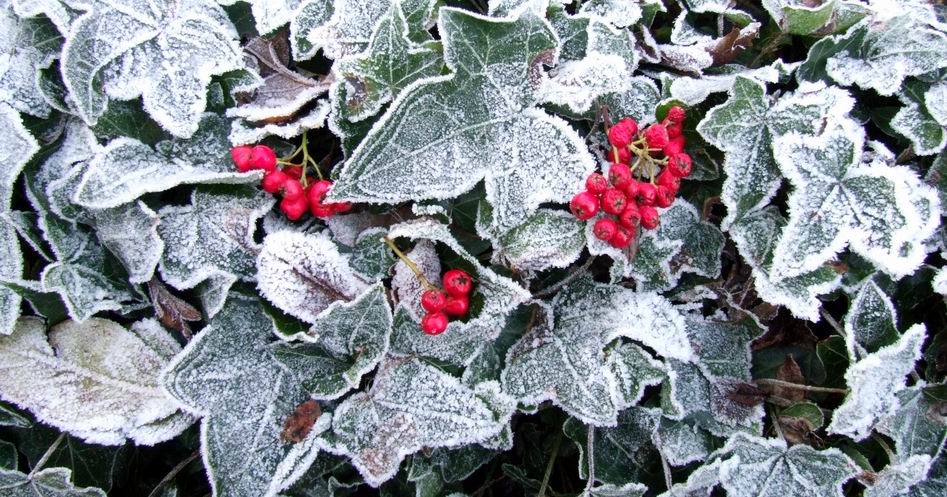
Seasons greetings
I wish you all Season's greetings and best wishes for 2007 when I will be back with year 5 of the bulb log, I make no promises what will happen after next year.
I also want to extend my thanks to you all for reading my log and the very many of you that have sent me cards and electronic communications of support for the bulb log. I especially want to thank my spelling and grammar checker, Maggi Young and our Web site administrator Fred Carrie who performs the technical stuff that puts all this on to our computer screens.
^ back to the top ^
|

